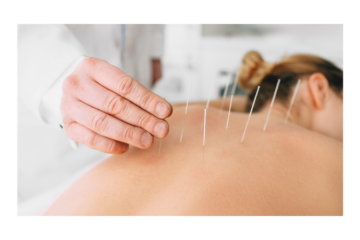Integrating Japanese Eastern medicine, which includes practices such as acupuncture, seitai, judo therapy, and traditional bodywork techniques like shiatsu, with Western medicine is an area of growing interest and research. This integration aims to combine the strengths of both systems to provide more comprehensive and holistic healthcare options.
Here are a few points to consider:
- Holistic Approach: Eastern medicine typically takes a holistic approach, considering the physical, mental, balance of the system, and emotional aspects of a person’s health. Integrating this perspective with Western medicine, which tends to focus more on specific symptoms and diseases, can offer a more comprehensive understanding of a patient’s condition.
- Complementary Treatments: Eastern medicine techniques, such as acupuncture and herbal medicine, can be used as complementary treatments alongside Western medical interventions. For example, acupuncture may be used to manage pain or alleviate side effects of certain medical treatments.
- Preventive Care: Eastern medicine places emphasis on preventive care and maintaining overall well-being. By integrating Eastern and Western approaches, healthcare systems can potentially incorporate more preventive measures, aiming to address health issues before they become acute.
Ultimately, the integration of Japanese Eastern medicine with Western medicine has the potential to offer patients a wider range of treatment options and a more holistic approach to healthcare.

